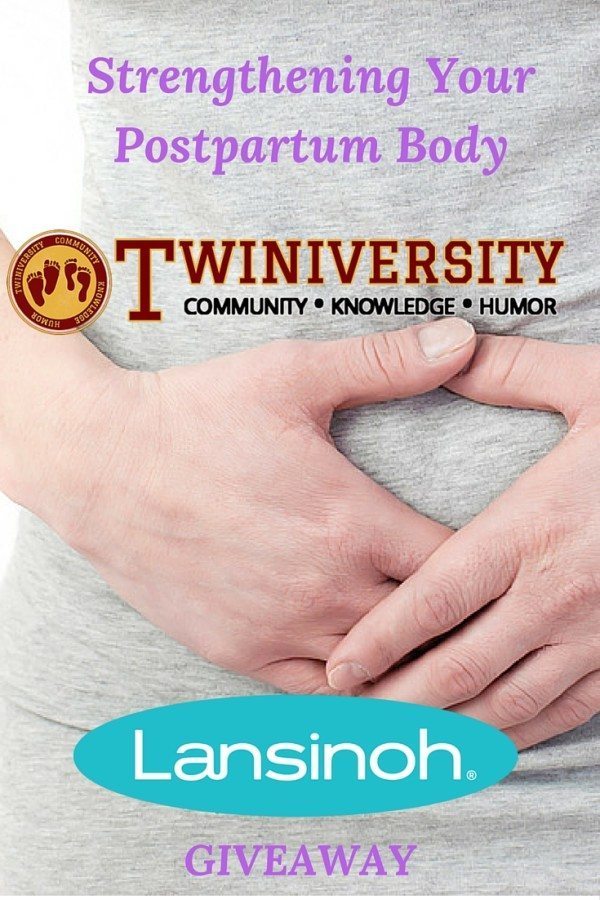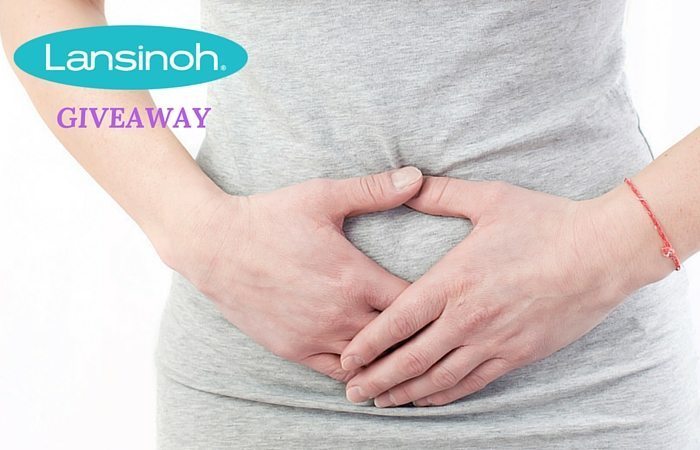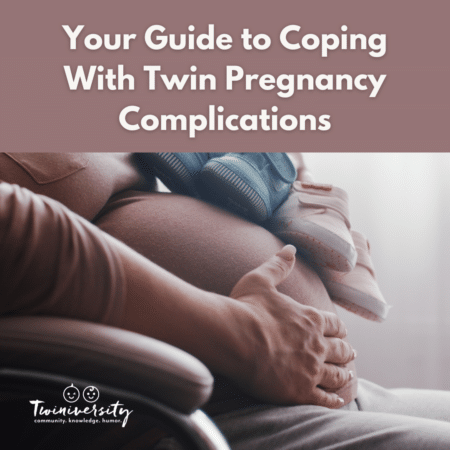Last updated on May 28th, 2024 at 11:40 am
Hey moms and dads, listen up! We’ve got a great article for you on strengthening your postpartum body.
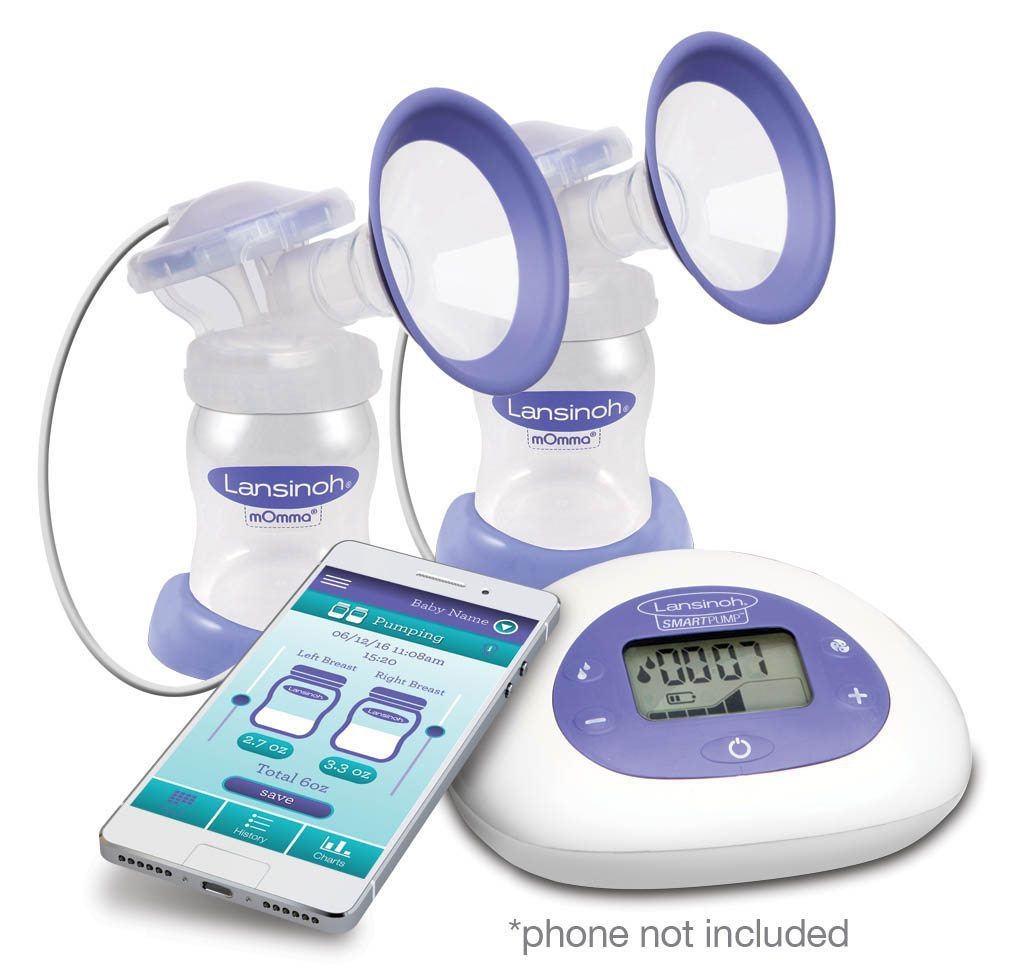
The Lansinoh® Smartpump™ connects pump technology to your smartphone via Bluetooth® using the free Lansinoh Baby™ app for tracking, reminders, and more. (Learn more about the app here.) Lansinoh pumps are the only pumps with three pumping styles and eight adjustable suction levels, allowing you to select the setting that works best for you. A closed-system design reduces the number of parts cleaned and prevents bacteria and mold growth. And its compact size and quiet motor make it convenient for the mom on-the-go.
Strengthening Your Postpartum Body
Your body has undergone a massive amount of change after pregnancy and delivery. These changes can take an enormous toll on a woman’s’ body. Postpartum refers to the time immediately after you deliver your children. Your body during postpartum will heal after delivery, regain strength, and begin to revert to your pre-pregnancy shape. The more you know what to expect during the postpartum period will help you cope with these changes and reach out to the resources that are available in your area if any problems arise.
Some of the most common problems that develop postpartum include body aches/lower back pain due to postural changes and ligament laxity, incontinence of urine/stool from pelvic floor weakness and/or trauma, pelvic pain causing sexual dysfunction, and diastasis recti which can contribute to the belly “pooch” experienced postpartum.
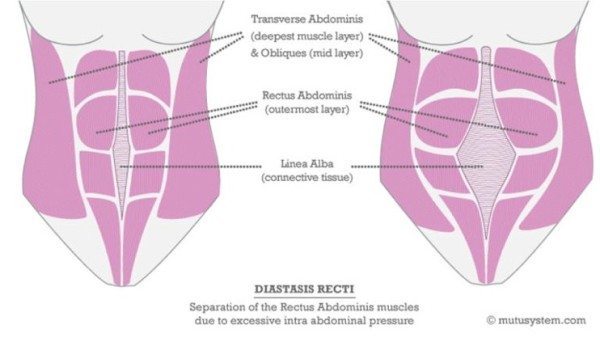
Diastasis recti is a separation in abdominal muscles along the center of the belly from abdominal weakness and stretching to accommodate the growing children. About 2/3 of women end up with this separation and can contribute lower back pain, constipation, and urine leaks. Diastasis cannot be fixed with stomach crunches or sit ups, instead your abdominals require specialized strengthening that target the deeper abdominals.
You can check yourself for a diastasis by lying on your back, sinking your fingers into the center of your abdominals about 2-3 inches above your belly button, then raising your head and shoulders up. You will feel your abdominals tighten around your fingers and if they don’t completely close in around your fingers you will feel the separation.
Often six weeks after delivery you will have a follow up exam with your doctor. More than likely you will be released with minimal guidance on what to do next and many questions about, “How do I get my body back?” Many of these problems can arise immediately after delivery, continue six months after, and even arise later in life.
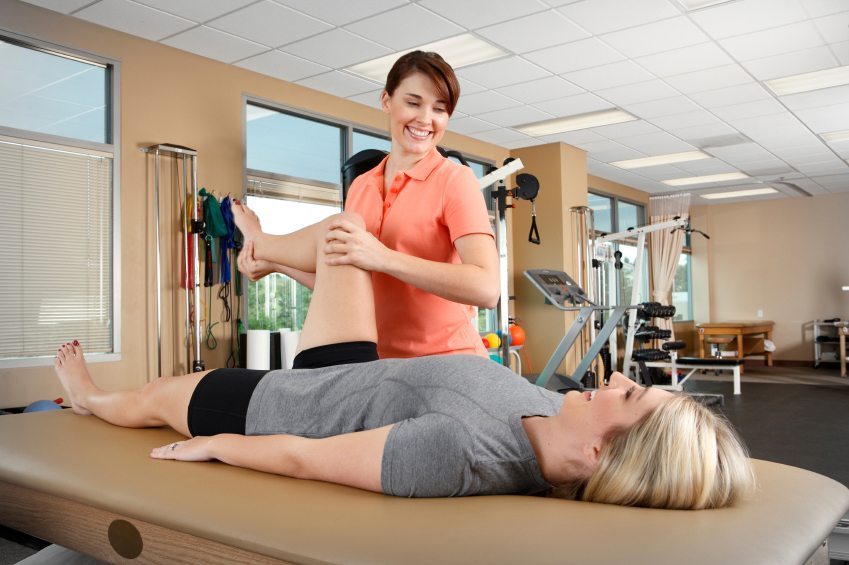
That is where a physical therapist that specializes in women’s health can help with all of these problems. These physical therapists are specifically trained in managing the changes a women’s body undergoes with pregnancy and postpartum. They can also assist in health wellness with future pregnancies. Physical therapists are the experts in the field of fitness, prevention, and wellness.
You can find a physical therapist in your area first by asking your doctor or midwife for a referral or by doing an online search for pelvic rehabilitation or women’s health physical therapist. Here are some options:
- Visit the American Physical Therapy Association website www.apta.org, click “Find a PT” and search for a women’s health physical therapist in your area
- Visit the International Pelvic Pain Society website www.pelvicpain.org and click “Find a Provider”
- Visit the Herman and Wallace Pelvic Rehabilitation Institute Website www.hermanwallace.com and search the practitioner directory
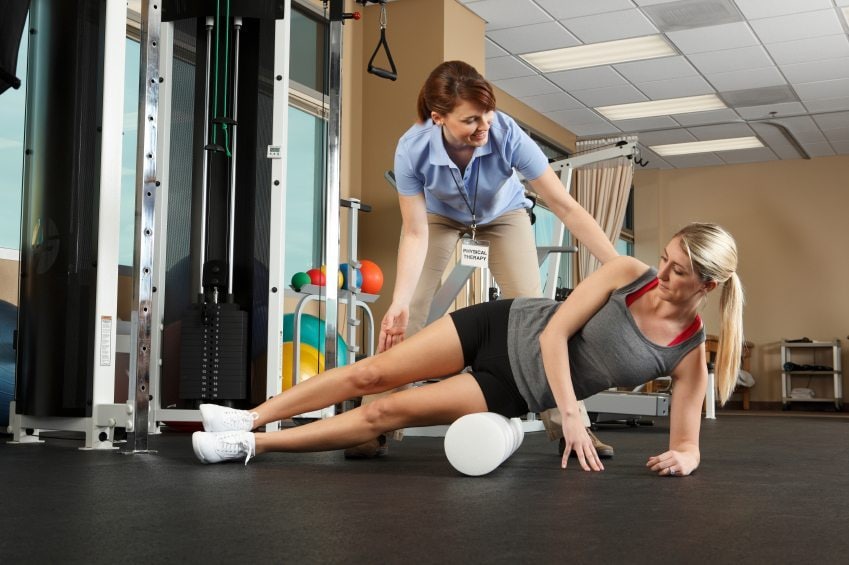
There are some simple techniques/exercises that you can do now to start to work on some of these conditions. They include the following:
Postural Awareness
start to become more aware of the way your sit, stand, walk, and lift/carry children. Becoming more mindful of the way your body is positioned can greatly impact how your muscles and joints feel and respond.
Diaphragmatic Breathing
Allowing your belly to rise as you inhale improves many things from stress and anxiety to lower back pain.
Kegels
Kegels are pelvic floor muscle contractions. Now this can be a tricky one and one that physical therapists will key into and will talk at length about how many and how much. What you can start now is finding those muscles and gently contracting and relaxing them. One way to feel this muscle contraction is by squeezing the muscles around your rectal opening like you are holding in gas.
Overall there have been so many messages about the lack of control a mother has over so many things, from childcare to caring for their own bodies. But with the help of the right professionals you will have control over your body’s changes. You can always improve and there is always hope.
Carolyn R. Wincer, PT, DPT, CLT-LANA, OCS, is married with a four-year-old daughter and twin toddler boys. She has been a physical therapist for ten years and is the facility director of a physical therapy clinic.
Related Articles
- Why Do I Still Look Pregnant? It Could Be Diastasis Recti
- Tips From A Physical Therapist For A Healthy Back
THIS CONTEST HAS ENDED
